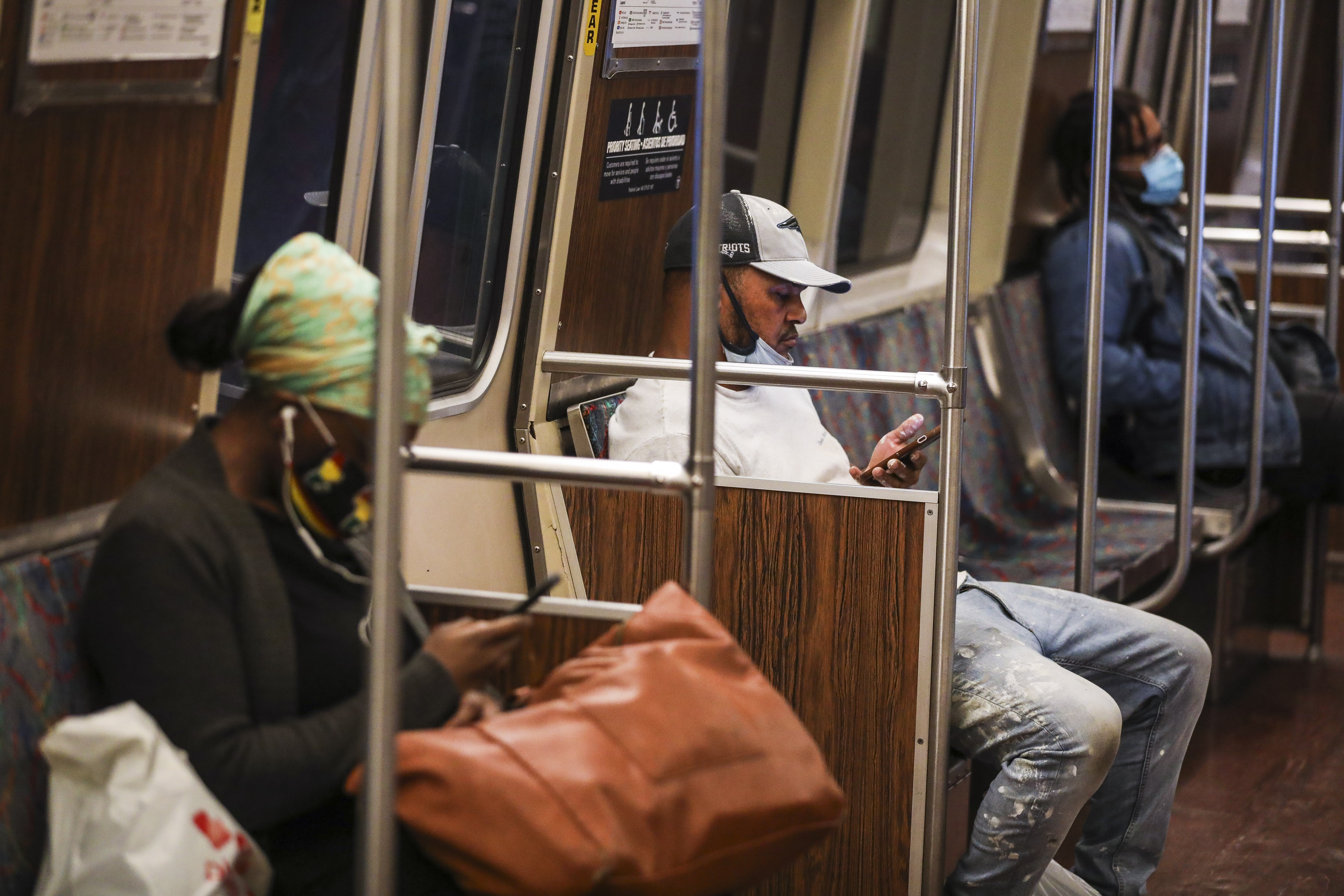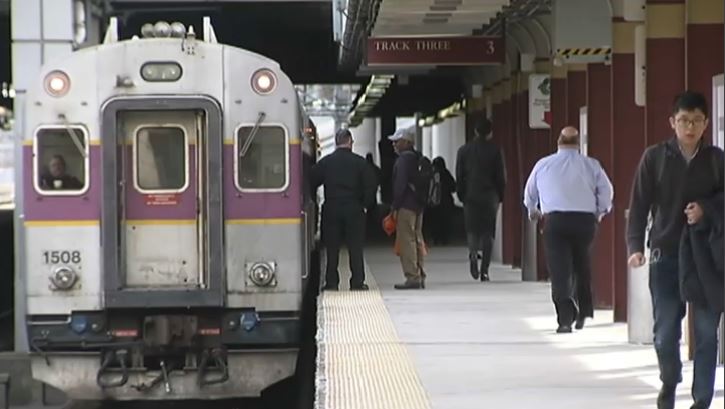The details of deep proposed MBTA service cuts were released Monday as the T and its GM Steve Poftak continue to grapple with a decrease in ridership and a corresponding decline in revenue.
The proposed service changes were released after the MBTA's fiscal and management control board met virtually on Monday morning. The reductions won't go into effect immediately, but some of them will take place in early 2021.
The MBTA said the changes are intended to match service to new ridership patterns resulting from the COVID-19 pandemic. The T is now only transporting 330,000 trips on an average weekday but has continued to run the same levels of service as it ran to serve 1.26 million daily trips prior to the pandemic.
“COVID-19 has had a significant impact on ridership and the MBTA is releasing these proposed changes to adjust to the realities created by COVID-19, while protecting service for those who depend on it most,” Poftak said.
“I want to reassure our riders that these service changes are not permanent, do not include any fare changes, and will not take effect immediately. We are carrying out a comprehensive outreach process and encourage all members of the public to provide comments and feedback, as we want to hear from riders to help us identify and protect the services that support transit-critical populations and communities.”
The agency said its service changes would preserve base-level service, which includes about 80 essential bus routes, The Ride, the whole of the rapid transit system including the subway and the Fairmont Commuter Rail line.
The proposed service changes include:
Rapid transit
The Red, Orange, Blue, and underground Green Line stations are experiencing approximately 120,000 gated entries on weekdays, which is about 24% of its pre-COVID numbers. Proposed service level changes for the Red, Orange, Blue and Green lines and Mattapan trolley include:
- Weekday and Saturday service will operate from 5 a.m. to midnight (currently until 1 a.m.) and Sunday service will operate from 6 a.m. to midnight (currently until 1 a.m.).
- Reduce peak frequency by 20% and reduce off-peak frequency by an additional 20 percent on all lines.
- The Green Line E Branch will terminate at Brigham Circle, with customers able to transfer to Bus Route 39, which mimics E Branch service from Brigham Circle to Heath Street.
Bus
Buses are experiencing about 171,000 weekday boarding, which is approximately 41% of its pre-COVID ridership. Proposed service level changes include:
- All bus service will stop at midnight, though early service will continue on essential bus routes.
- Eighty essential bus routes will see an average change in service of just 5% and routes with high ridership will not be changed.
- Sixty non-essential bus routes will operate 20% to 30% less frequently.
- Approximately 10 routes will be consolidated or restructured.
- Approximately 25 routes that served less than 0.5% of pre-COVID riders (about 1,700) will be eliminated.
Commuter rail
The Commuter Rail is experiencing approximately 13% of its pre-COVID ridership, with about 8.5% of its normal ridership during morning peak periods. As a result, the following changes are proposed (with the exception of the Fairmount Line):
- No evening service after 9 p.m.
- No weekend service (except for the Fairmount Line, which will be bused).
- Decreased weekday peak service and some midday service, reducing from 505 trains (fall 2019) to 430 trains.
- Close six (out of 141) stations based on low ridership, operational impacts, and availability of alternatives.
- Specific service levels by line will take into account ridership patterns from adjusted Fall 2020 schedules with more balanced service throughout the day.
Ferry
- Ferry ridership is approximately 12% of pre-COVID ridership, averaging seven passengers per boat, and passengers have either bus or commuter rail service as an alternative. As a result, all ferry service (F1, F2H, F4) is proposed to be stopped.
- Charlestown/Boston service (F4) has experienced very low COVID ridership and highly redundant bus service is available on Interstate 93 (an essential bus route which currently has minimal crowding and can support diverted ferry riders.
- Hull and Hingham service has also experienced very low ridership due to COVID-19 and passengers can use the Commuter Rail Greenbush line.
The RIDE
- With changes being proposed to the area and hours of operation of fixed route services, some RIDE trips may become “premium trips,” though RIDE service boundaries would not change.
- Some trips will be able to be booked 40 minutes from request time instead of the current 30 minutes.
Agency staff have been drafting plans for months to trim tens or hundreds of millions of dollars from what the T spends on transportation services ahead of a board vote expected in December.
The agency has decreased next year's fare revenue forecast by nearly a third, a sign of the extended economic impact of the coronavirus pandemic.
The MBTA predicts that fare revenue will reach no more than 38% of pre-pandemic levels by June. That figure was previously 60%, The Boston Globe reported last month.
According to a new model used by the state, the figure could be as low as 24% depending on travel and work from home policies.
Boston Mayor Martin Walsh has asked the agency to lobby for federal funds as other transit agencies have.
The T has called for Congress to approve a $32 billion transit fund in a coronavirus rescue bill.



